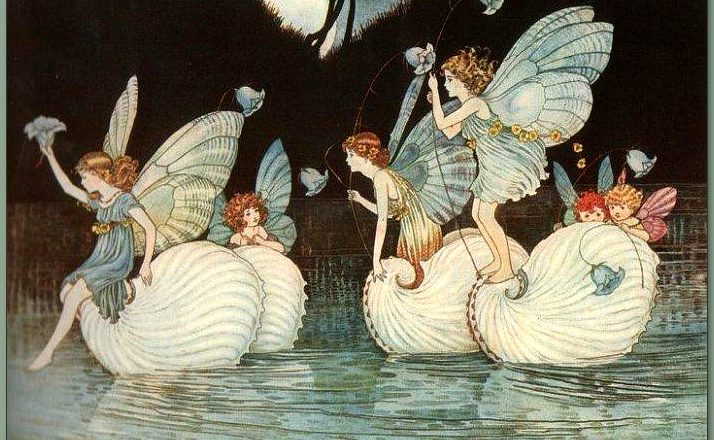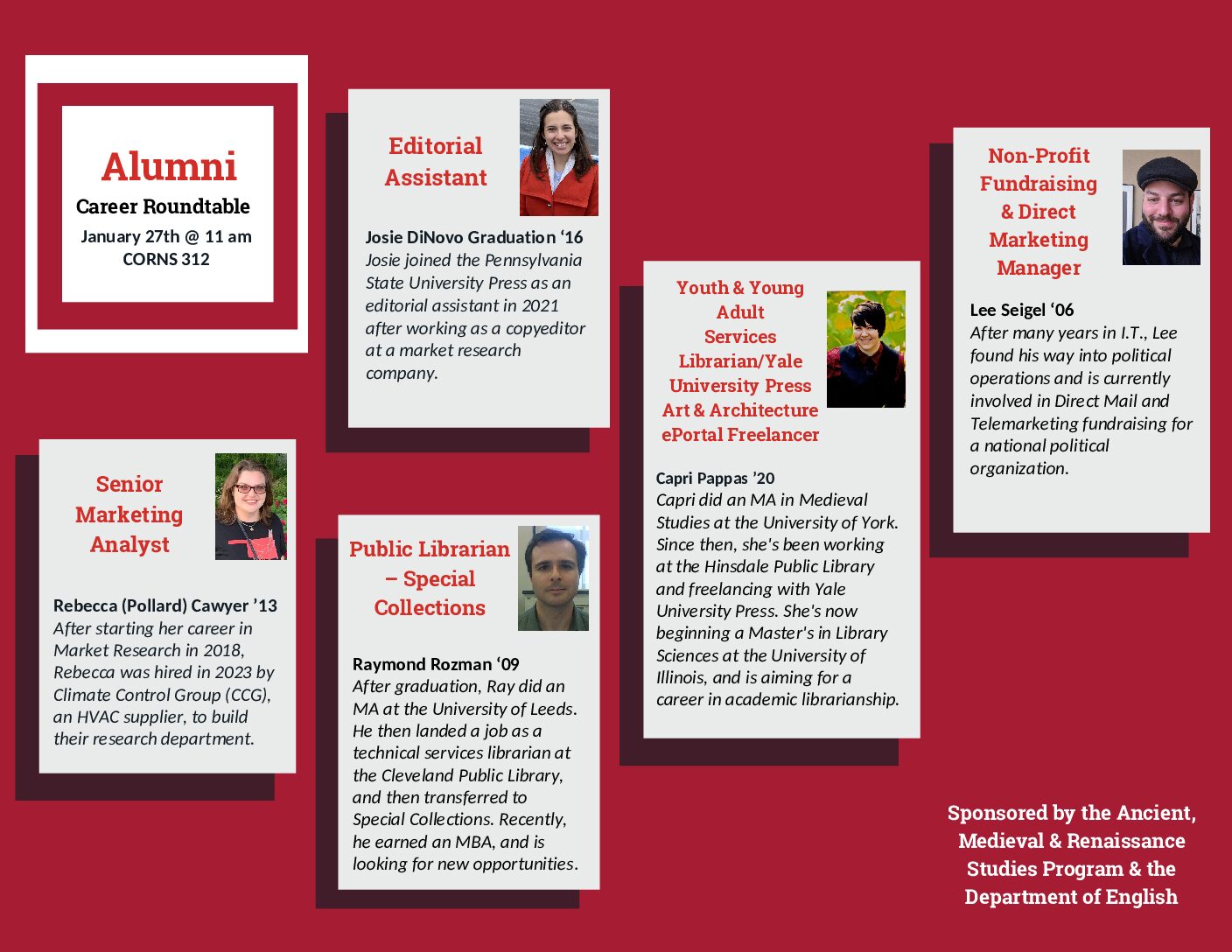As an English and Medieval Studies dual-major, I have a deep love of chivalry, mystery, and wonder; there’s no better place to find that than in medieval folk legends. Some of the best folklore and myths are ones where a char- acter is placed into a reality that is a refraction of our own, and in medieval folklore, fairies are usually the epicenter of these refractions. Fairies, in popular culture, are seen as mischievous little entities with tiny wings; however, it was common to find fairies, or fairy-like creatures, taking the guise of something more complicated—humans. While human-like fairies are seen with a wide range of professions, I have chosen to look at the most powerful and most mysterious entities: lords and kings who rule over their own lands. Keeping with the theme, though, the fairies’ depiction of high royalty are warped and alien in many regards, and the worlds they reside in reflect that strangeness.
Some take the guise of kings, like in Sir Orfeo, where the Fairy King visits the title character’s wife in her dreams, which leads to her abduction. Others take the shape of knights, like in Sir Degare. A Fairy Knight molests a maiden to produce a powerful heir, and waits for the child’s arrival on his island castle. Though there are others that flip this concept upside down. In Sir Gawain and the Green Knight, for example, the Green Knight takes the form of a mysterious fairy, using his magic to become a chivalric fairy. Each of these depictions are unique, but the similarities lie in their mysterious nature as shapeshifters, something protagonists of stories containing fairies must overcome.
Each of these fairy lords hold incredible power and authority over people, and much like medieval lords, they each possess a physical dominion that reflects their character and otherworldliness. The Fairy King reigns over the Otherworld, his court filled with bodies of human abductees that look dead but “nare nought,” and much like its ancient counterpart, it gives the illusion of a death-like domain. The Fairy Knight’s castle is on an island separated from the world much like the Arthurian island of Avalon with only women residing there. The Green Knight is interesting in that he has two domains, his castle where he lives as a human lord with his wife, and the Green Chapel, a cave-like residence that resembles the mounds where Celtic fairies hide in. Each of these places has human-like aspects to them, yet are all clearly separated from humanity, and are almost always places where protagonists must face a serious trial that may mean the end of their lives.
Fairies in medieval tales are tricksters at heart, and many are interchangeable with demons, but there are some powerful fairies that take the guise. Like their human counterparts they hold a large amount of power, but they present us with distortions of lords and kings. “Fairy lords,” like in Sir Orfeo, Sir Degare, and Sir Gawain, work as proving grounds to test the main characters. These are not fairy godmothers who give you a happily ever after; they are alien lords of power and mystery that true knights must overcome, and that sounds like a worthy adventure to me.





